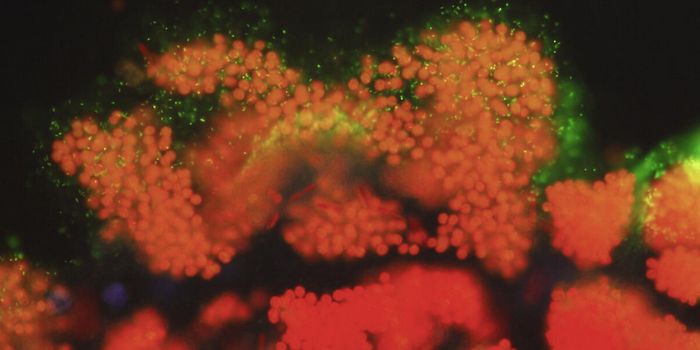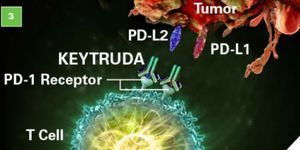Cotton pest has a sweet tooth
Xanthomonas citri subsp. Malvacearum (Xcm) causes bacterial blight of cotton. The disease was rampant in the US during the 1970s, and it has recently re-emerged. Xcm controls its infectivity by injecting TAL effectors into the plant cells with its type III secretion system.
Researchers at Cornell University and Texas A&M used genome-wide expression profiling in the cotton plant and sequenced the genomes of two Xcm strains to identify TAL effectors that promote virulence. They found that the TAL effector Avrb6 induces the expression of GhSWEET10, a functional sucrose transporter. The TAL effectors resemble eukaryotic transcription factors, tricking the plant cell into up- or downregulating plant genes to benefit the bacteria.
The researchers expressed activators of GhSWEET10 or two other potential targets of Avrb6 - GhMDR1 and GhKBS1 - in Xcm and infected the cotton plants. Their goal was to see if activating these genes would produce any symptoms of bacterial blight. Sure enough, activating GhSWEET10 caused a condition called water-soaking in the cotton plants, but activating GhMDR1 and GhKBS1 had no effect.
To verify that the synthetic activator actually induced the expression of GhSWEET10, they measured transcripts with RT-PCR. These data link GhSWEET10 with water-soaking. As such, they wanted to determine if silencing GhSWEET10 could reduce water-soaking caused by Xcm infection.
They silenced GhSWEET10 with an Agrobacterium-based system and infected the cotton plants with Xcm. Plants in which GhSWEET10 was silenced developed far fewer water-soaked lesions than the control plants, indicating that GhSWEET10 plays a key role in the pathogenesis of bacterial blight.
Because the SWEET genes encode sugar transporters, the researchers measured the sugar-transporting ability of GhSWEET10. To do this, they expressed GhSWEET10 along with a sucrose sensor in a human kidney cell line (HEK293T cells). When GhSWEET10 was expressed, the HEK293T cells accumulated sucrose, while cells expressing the vector control did not. To validate these findings, they also expressed GhSWEET10 in N. benthamiana (a relative of the tobacco plant) and observed an increase in the concentration of sucrose in the leaves.
According to study author Libo Shan, “once the bacterium is in the plant, it saves its own resources and switches the plant's transportation of sugar to itself. The host plant is deprived of sugar needed for energy, can't get rid of the bacteria, and the disease progresses. This bacterium is very smart."
Sources: Nature Communications and Science Daily









